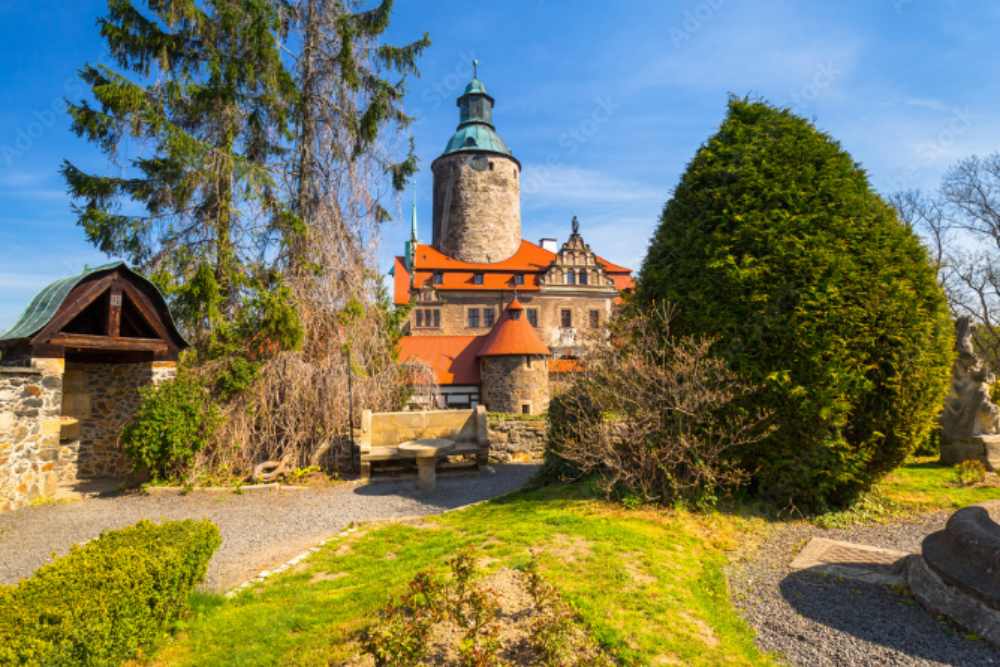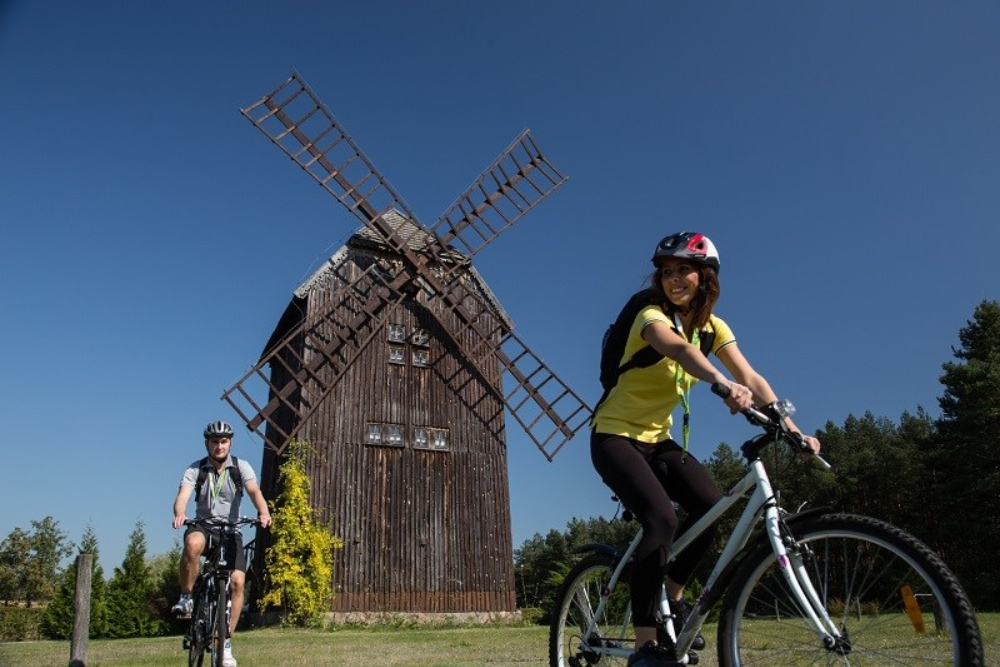Vietnam is a country rich in cultural diversity, with a vibrant history that has shaped its unique musical and dance traditions. From the energetic rhythms of folk dances to the intricate melodies of traditional instruments, Vietnam’s music and dance performances offer a captivating glimpse into the country’s soul. Whether you’re a culture enthusiast, a history lover, or simply seeking an immersive experience, Vietnam’s traditional music and dance performances provide a truly authentic way to connect with the country’s heritage.
In this guide, we’ll take you through some of the most iconic traditional music and dance performances in Vietnam, highlighting their significance, regional variations, and where to experience them. Let’s dive into the sounds and movements that have been passed down through generations.

1. Vietnamese Folk Music: A Reflection of Regional Identity
Vietnamese folk music, or “nhac dan toc”, is a cornerstone of the country’s cultural expression. It encompasses a variety of regional styles, each with its own distinctive instruments, rhythms, and melodies. Folk music plays a significant role in everyday life, often performed during festivals, rituals, or family gatherings.
Southern Folk Music (Nhac Tai Tu)
- Origins: Nhac Tai Tu is a traditional form of music from the southern regions of Vietnam, particularly from the Mekong Delta. It combines elements of classical music and folk tunes and is typically performed with a small ensemble of instruments.
- Instruments: Common instruments include the đàn kìm (a plucked string instrument), đàn tranh (zither), and guitar.
- Where to Experience: You can enjoy Nhac Tai Tu performances in Saigon (Ho Chi Minh City) at venues such as the Saigon Opera House or at local cafés offering live music.

Northern Folk Music (Ca Tru)
- Origins: Ca Tru is a traditional style of northern Vietnamese folk music that dates back to the 15th century. It was originally performed in royal courts and elite social circles, later evolving into a more accessible form for the public.
- Instruments: The music features intricate rhythms and is often accompanied by the đàn nguyệt (moon-shaped lute) and traditional percussion instruments like the tambourine.
- Where to Experience: You can catch a live Ca Tru performance at the Hanoi Ca Tru Theatre or during cultural festivals held throughout northern Vietnam.
Central Folk Music (Quan Ho)
- Origins: Quan Ho is a traditional style of folk singing from the northern region of Vietnam, particularly in the Bac Ninh province. It is characterized by harmonious and lyrical songs exchanged between male and female singers.
- Instruments: While the vocals are the highlight, Quan Ho performances are often accompanied by the đàn tranh (zither) and đàn bầu (monochord).
- Where to Experience: Quan Ho performances can be seen in Bac Ninh, especially during the Quan Ho Folk Singing Festival, a UNESCO-recognized event that takes place every year.

2. Traditional Vietnamese Dance: A Blend of Grace and Symbolism
Dance is an integral part of Vietnamese culture, with performances often telling stories of the country’s history, folklore, and religious traditions. Vietnamese traditional dance is a mix of slow, graceful movements and intricate choreography, often combined with traditional music and costumes.
Water Puppetry Dance (Múa Rối Nước)
- Origins: Water puppetry, or “múa rối nước,” is one of Vietnam’s most iconic forms of performance art. It dates back to the 11th century and originated in the Red River Delta in the north. This unique dance form involves wooden puppets controlled by rods beneath the water’s surface, accompanied by live music and singing.
- Where to Experience: The most famous place to experience water puppetry is the Thang Long Water Puppet Theatre in Hanoi, where you can watch lively performances depicting traditional Vietnamese life and folklore. You can also find performances in Ho Chi Minh City and other tourist destinations.
Traditional Court Dance (Múa Cung Đình)
- Origins: The art of court dance, or “múa cung đình,” has its roots in the imperial courts of Vietnam, particularly during the Nguyen Dynasty in Hue. The dance is characterized by slow, measured movements that convey grace and elegance. It was originally performed in royal courts for ceremonial occasions and is often accompanied by traditional music.
- Where to Experience: The best place to see traditional court dance is in Hue, the ancient capital of Vietnam, where you can experience performances at the Hue Imperial Citadel or the Royal Theatre. These performances offer a glimpse into the regal culture of Vietnam’s past.

Folk Dance (Múa Dân Gian)
- Origins: Folk dance is a dynamic part of Vietnamese culture, with each region having its own distinct style of performance. Folk dances often accompany festivals and celebrations, such as weddings or harvest events. These dances are marked by lively, rhythmic movements and colorful costumes.
- Where to Experience: Folk dances can be seen during major cultural festivals throughout the country, especially in rural areas. The Hoi An Lantern Festival, for example, often includes folk dance performances in the streets, while rural festivals in regions like the Mekong Delta or Sapa feature traditional dance.
3. Traditional Vietnamese Instruments: The Sound of Vietnam
Vietnam’s traditional music is deeply intertwined with its instruments, many of which have been in use for centuries. These instruments are not only used for music but also for storytelling and cultural expression.
The đàn tranh (Zither)
The đàn tranh is a plucked string instrument that is considered one of the most important in Vietnamese traditional music. It is often used in both folk and court music and has a distinctive, ethereal sound. The instrument is typically played solo or as part of a small ensemble, adding a unique texture to performances.
The đàn bầu (Monochord)
The đàn bầu is a single-stringed instrument that is played by plucking the string while manipulating its pitch with a small rod. This instrument is known for its haunting, melodic sound and is often used in both northern and central Vietnam’s traditional music.

The sáo (Flute)
The sáo is a traditional bamboo flute commonly used in Vietnamese folk music. The instrument is known for its soft, airy tones and is a staple in many regional styles of music, from the northern “Ca Tru” to southern “Nhac Tai Tu.”
4. Where to Experience Traditional Music and Dance Performances in Vietnam
If you’re looking to immerse yourself in Vietnam’s traditional music and dance scene, there are several places throughout the country where you can enjoy live performances:
- Hanoi: The capital of Vietnam is a hub for traditional music and dance. From water puppetry at the Thang Long Water Puppet Theatre to live folk music performances, Hanoi offers numerous cultural experiences.
- Hue: As the former imperial capital, Hue is a must-visit for those interested in traditional court music and dance. The Hue Imperial Citadel and Royal Theatre are excellent venues for these performances.

- Hoi An: This UNESCO World Heritage city is known for its vibrant traditional music and dance scene, with performances often held during local festivals and at cultural centers.
- Saigon (Ho Chi Minh City): While Saigon is more modern, it still offers opportunities to experience traditional Vietnamese music, especially in local cafés and cultural venues.
Conclusion
Vietnam’s traditional music and dance performances offer an enchanting window into the country’s rich cultural tapestry. From the mesmerizing rhythms of folk songs to the graceful movements of court dances, these art forms embody the essence of Vietnamese identity. Whether you’re in Hanoi, Hue, or Hoi An, the chance to experience live performances is an unforgettable way to connect with the spirit of Vietnam. Don’t miss the opportunity to explore the music and dance that have shaped this beautiful country’s history.












